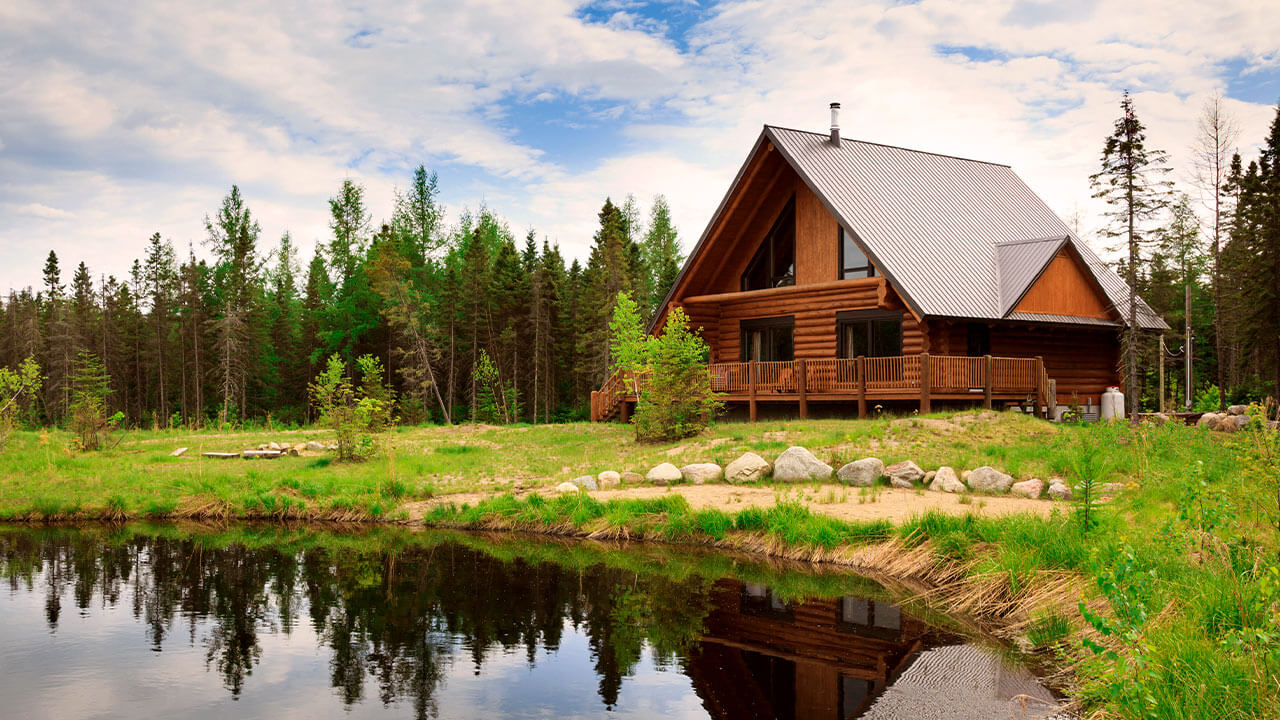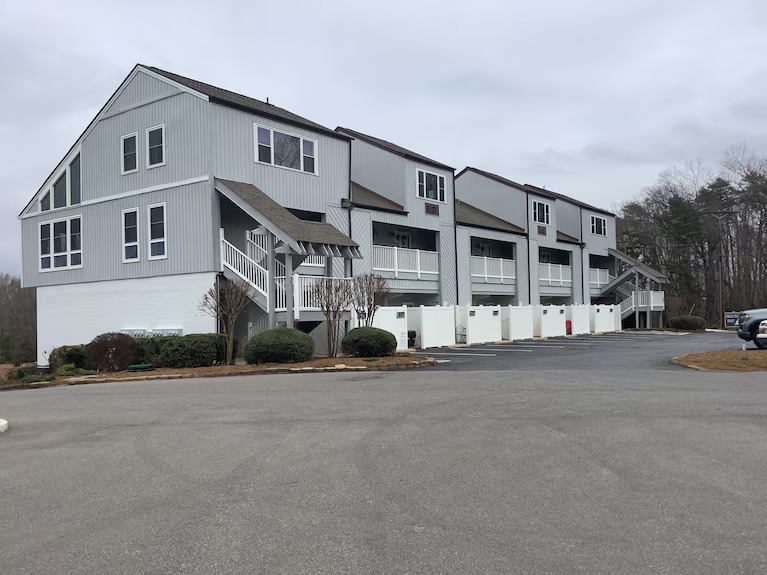Buying a second home is a dream for many—whether it’s a cozy mountain cabin, a beachfront retreat, or a suburban property for rental income. But before diving in, it’s essential to understand the process and responsibilities that come with purchasing a second property. If you’re wondering how to buy a second home, you’re not alone. With rising home values and remote work flexibility, more buyers are considering real estate for both leisure and long-term investment.
In this guide, we’ll walk you through every step of the process: from evaluating your finances to choosing the right location, securing a mortgage, and navigating taxes. Whether you’re buying for vacations, rental income, or future retirement, making informed decisions now can lead to lasting financial benefits.
What Is Considered a Second Home?
Key Definitions to Know
A second home is typically:
- A property you live in part-time, such as during vacations.
- Located at a reasonable distance (usually over 50 miles) from your primary residence.
- Not intended to be your full-time residence or a pure rental property.
Second Home vs Investment Property
| Feature | Second Home | Investment Property |
|---|---|---|
| Usage | Personal/vacation | Rental income-focused |
| Financing Terms | Lower rates (compared to investment) | Higher interest and stricter terms |
| Tax Benefits | Mortgage interest may be deductible | Depreciation and expenses apply |
How to Buy a Second Home: Step-by-Step
Step 1 – Assess Your Financial Readiness
Before you start browsing listings, take stock of your financial health.
Questions to ask yourself:
- Can I comfortably afford two mortgages?
- Do I have a 10–20% down payment saved?
- How stable is my income?
Recommended:
- Debt-to-income ratio below 43%
- Credit score of 680+ for better rates
- Emergency fund for 3–6 months of expenses
Use a mortgage calculator to estimate monthly costs, including taxes, insurance, and HOA fees.
Step 2 – Choose the Right Location
Location matters—both for enjoyment and resale value.
Top considerations:
- Proximity to your primary home
- Weather and seasonality
- Local real estate trends
- Short-term rental regulations
- Future resale value
Step 3 – Understand Financing Options
You have several choices when financing a second home:
1. Conventional Mortgage
- Requires 10–20% down payment
- Lower rates if it’s classified as a second home (vs investment)
2. Home Equity Loan or HELOC
- Borrow against equity in your first home
- Useful for covering down payment or renovations
3. Cash Purchase
- Avoids mortgage interest
- Ideal if you’ve sold a major asset or have investment reserves
Step 4 – Get Preapproved for a Loan
Preapproval helps:
- Determine your budget
- Show sellers you’re serious
- Speed up the buying process
Have these documents ready:
- W-2s or tax returns (2 years)
- Bank statements (2–3 months)
- Proof of additional income (e.g., rental income, investments)
Step 5 – Work with a Local Real Estate Agent
A local agent can provide insights into:
- Market conditions
- Neighborhood trends
- Short-term rental viability
- Local laws and taxes
Look for agents with experience in second home or vacation home transactions.
Costs to Consider When Buying a Second Home
Owning a second home comes with hidden costs beyond the purchase price:
- Property taxes: May be higher in vacation zones
- Homeowners insurance: Premiums vary by region (e.g., coastal areas)
- Maintenance and repairs
- HOA fees (if applicable)
- Travel expenses to/from the home
- Utilities and internet
People Also Ask
Can I rent out my second home?
Yes, but rental frequency and income use may affect mortgage terms and tax treatment. Check local short-term rental rules.
Do I need 20% down for a second home?
Not always. Some lenders allow 10% down, but 20% avoids private mortgage insurance (PMI).
What credit score do I need to buy a second home?
A score of 680 or higher is generally recommended for second home financing.
Is buying a second home a good investment?
It can be—especially in high-demand vacation markets—but consider carrying costs, property taxes, and liquidity risks.
Tax Implications of a Second Home
Mortgage Interest Deduction
If you use the home personally, mortgage interest may be deductible—up to a combined $750,000 of mortgage debt (as of 2025).
Property Tax Deductions
Limited to $10,000 per year under current federal rules, including state and local taxes (SALT cap).
Rental Income and Deductions
If you rent the home:
- Rent less than 14 days/year: Income is not taxable
- Rent more than 14 days: Must report income, but you can deduct related expenses (maintenance, depreciation, etc.)
Pros and Cons of Buying a Second Home
| Pros | Cons |
|---|---|
| Vacation getaway or retirement prep | Double property taxes & insurance |
| Potential rental income | Ongoing maintenance responsibilities |
| Long-term appreciation | Market risk and interest rate volatility |
Tips for Managing Your Second Home
- Use smart home tech to monitor from afar
- Hire a property manager for short-term rentals
- Bundle insurance policies to save money
- Schedule regular check-ins (seasonally or quarterly)
Conclusion: Make a Smart Move With Your Second Home
Buying a second home is an exciting milestone that blends lifestyle and investment potential. Whether you’re envisioning a peaceful retreat or a revenue-generating rental, knowing how to buy a second home the right way can help you make confident, strategic decisions. From budgeting and financing to taxes and management, planning ahead is key to long-term success.




